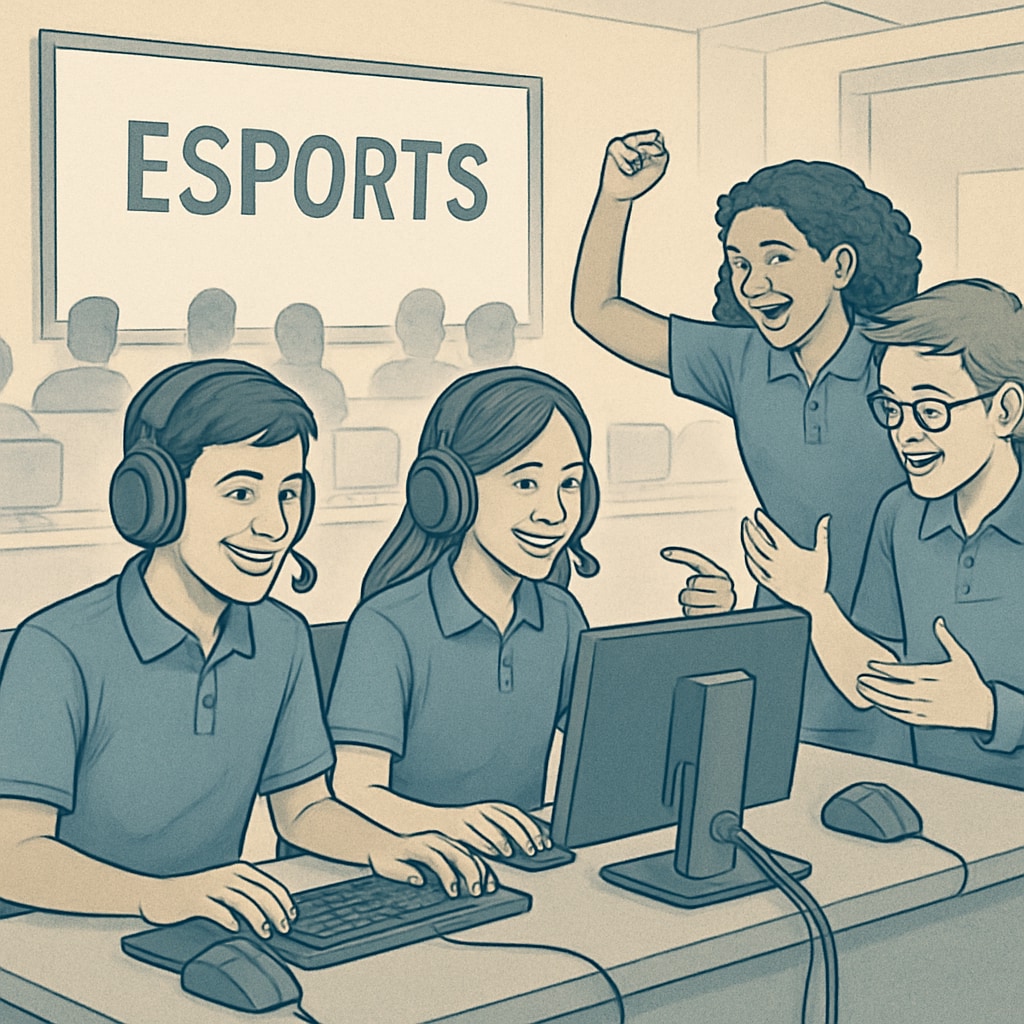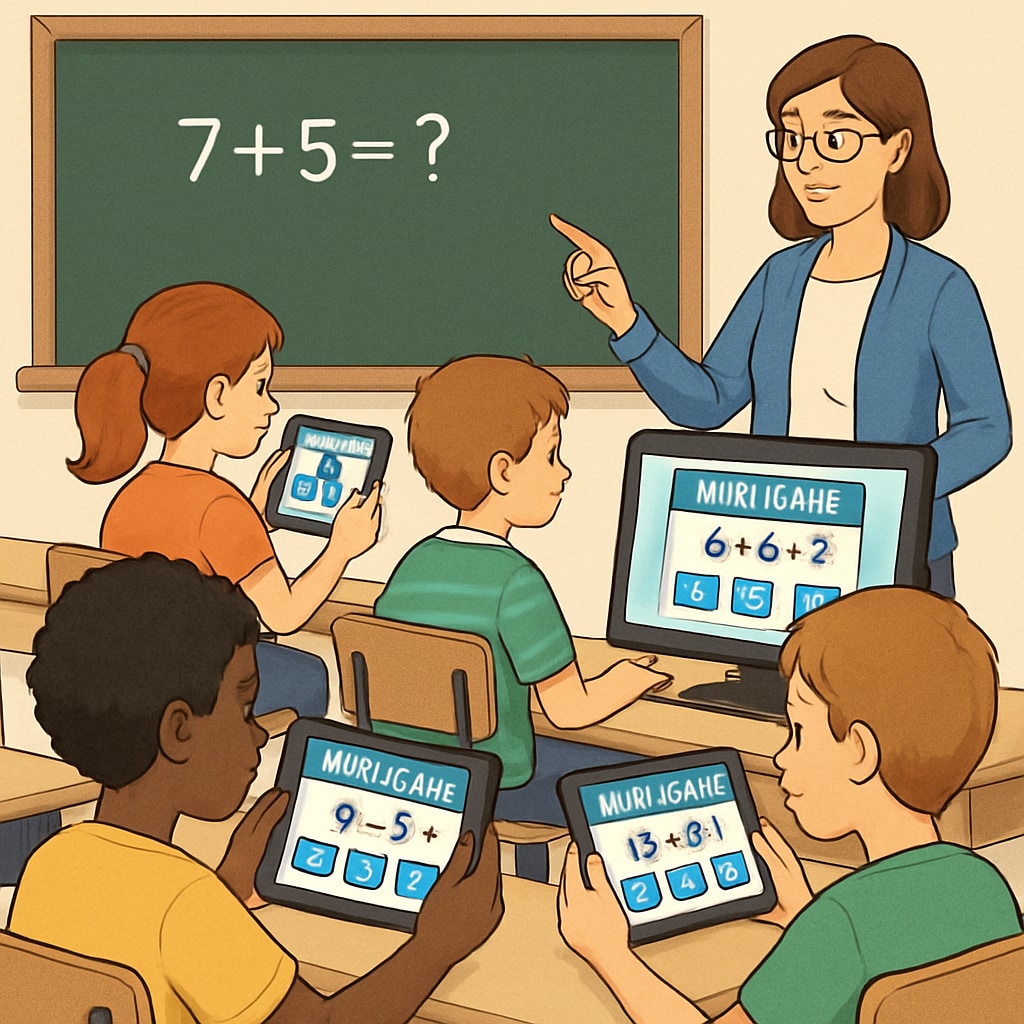In recent years, the intersection of esports, game-based learning, and education has gained significant momentum. GameClass and the North America Scholastic Esports Federation (NASEF) are leading this revolution by introducing game-based learning into over 9,000 esports clubs worldwide. This cutting-edge collaboration is reshaping the future of K12 education, offering students an engaging, interactive, and academically enriching experience.
The Rise of Esports in Education
Esports, or competitive video gaming, has evolved far beyond entertainment, emerging as a powerful tool for education. Institutions worldwide are integrating esports into their curricula to enhance student engagement and teach valuable skills like teamwork, critical thinking, and problem-solving. GameClass and NASEF’s initiative is a prime example of how esports can bridge the gap between traditional education and modern technology.

Game-Based Learning: A New Frontier
Game-based learning uses video games and interactive platforms to teach academic concepts in a fun and memorable way. This approach has proven effective in increasing student motivation and retention rates. By combining game-based learning with esports, GameClass and NASEF enable students to learn math, science, and language arts through immersive gaming environments, making education more accessible and enjoyable.

Key Benefits of Esports Integration
Integrating esports and game-based learning into K12 education offers several advantages:
- Enhanced Engagement: Students are naturally drawn to interactive and competitive environments, boosting their interest in academic subjects.
- Skill Development: Esports cultivates soft skills like communication, teamwork, and time management, which are essential for future success.
- Career Opportunities: Students gain exposure to technology-driven fields such as game development, graphic design, and data analysis.
Challenges and Future Potential
While the integration of esports and game-based learning presents immense opportunities, it also comes with challenges. Schools must invest in infrastructure, provide proper training for educators, and address concerns around excessive screen time. However, with strategic planning and partnerships like GameClass and NASEF’s, these hurdles can be overcome. The future of K12 education lies in leveraging innovative methods to prepare students for a rapidly changing world.
As we look ahead, the combination of esports, game-based learning, and education is set to redefine how students learn and grow. By embracing this transformation, educators can create a dynamic, inclusive, and skill-oriented environment that benefits students globally.
Readability guidance: This article uses short paragraphs, clear headers, and lists to summarize key points. It balances active and passive voice while incorporating transitional phrases such as “however,” “in addition,” and “as a result.”


